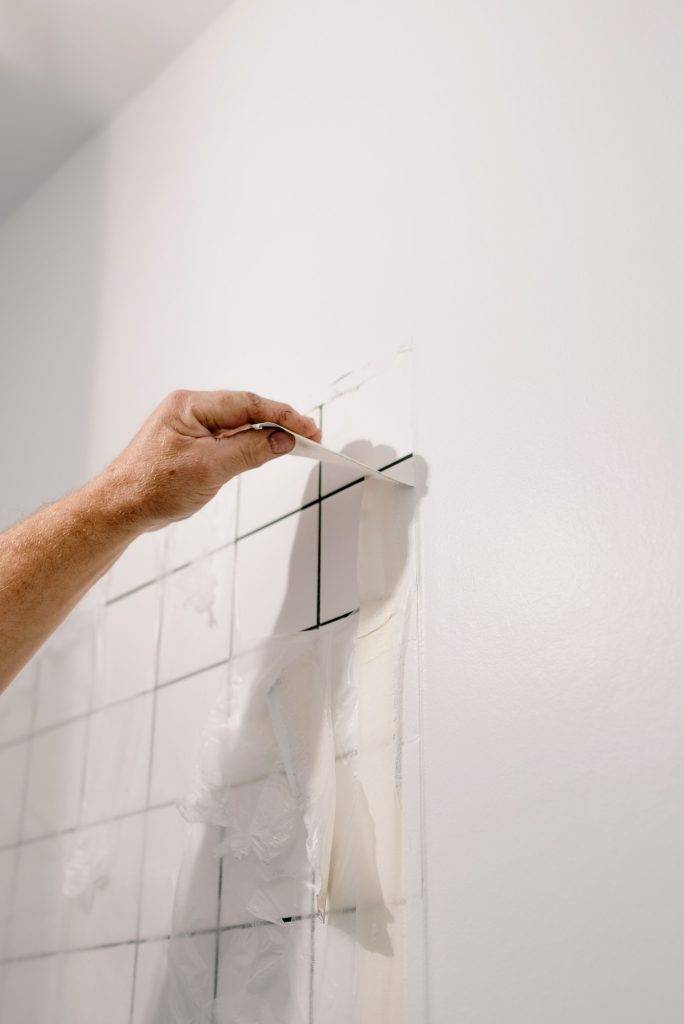How to Fix Bathroom Tile That is Loose?

Having a bathroom tile that is loose can be a tripping hazard. If you notice that a tile is loose, you may want to consider applying an epoxy grout to the area. This will fill in any hollow spots and stabilize the loose tile, but it won’t fix the problem itself.
Repairing A Tripping Hazard
Bathroom tile that is loose is a safety concern. It could lead to falls, especially for the elderly. However, proactive repairs can prevent these accidents. You can start by repairing a loose tile. To prevent tripping hazards, ensure that the sub-flooring is properly treated and well-lit. In addition, make sure the threshold is the right size.
The tile should be completely cleaned to remove any debris. This will help the adhesive to adhere properly. Use a mild soap and water solution to scrub the tiles. If the tile is very dirty, you may need to use a stronger solution. After cleaning the area, allow it to dry completely before continuing with the repair. Then, use a notched trowel to spread the adhesive on the tile in an even, zigzag pattern.
Replacing A Broken Or Missing Tile
Replacing broken or missing bathroom tiles requires a little bit of know-how and some tools. However, if the damage is small, it can be easily repaired. If the damage is larger, however, it may be necessary to replace the tile. This process is time-consuming and requires specialized tools. If you do not have the proper tools, you should consider hiring a professional tile repair service.
To begin, you will need to remove the broken or missing tile. To do this, you will need a masonry bit, grout, and a chisel. The chisel will help you to break the tile into small pieces. It will also help you to remove the tile from the shower wall. Once you have removed the tile, you should use a putty knife to remove any adhesive from the broken tile and prepare the area for new tile.
Applying Epoxy Grout To Bathroom Tile
If your bathroom tile is loose, you can apply epoxy grout to it to hold it together. This substance is a little hard to work with, so be sure to use a grout float that is made of full urethane. It is stiffer and has the right density to work with epoxy. After the epoxy has dried, you can wipe it off the tiles.
First, clean out the grout lines. You can do this by vacuuming or wiping down tiles with a damp sponge. You can also use a paper towel to absorb water from joints. Once the area is dry, squeeze some grout or adhesive into the hole. Make sure the mixture has settled under the tile. Once it has cured, wipe off the excess adhesive with a damp cloth.
Removing Old Adhesive From Bathroom Tile
Removing old adhesive from bathroom tiles requires the right tools. You can use a putty knife, chisel, or hammer to gently break up the old adhesive. You should also wear gloves and plastic sheeting to protect yourself. You can also use mineral spirit, which is a solvent that dissolves adhesive and residue. However, you should be cautious when using mineral spirit, as it contains irritants.
The next step in the process is to soak the tiles in a bucket of water for about an hour or overnight. Once the tiles are soaked, use a cloth to wipe away the adhesive and mortar. Once the tiles are dry, you can put them back on the wall.
Finding A Color Match For Bathroom Tile
The best way to find a color match for bathroom tile that isn’t too close is to take a color sample from the bathroom. This way you can see how your new tile looks with the existing tile. In some cases, you can combine the two to make a more uniform pattern. To do this, make sure that your new tile is the same size as your old one.
If the tile is quite old, you might have a difficult time finding a match. You can try visiting an architectural salvage store to see if you can find pieces of the tile that you’re looking for. If they don’t have the exact tile, you may have to settle for the closest match you can find.
About the Author

I am a writer who does research on the bathroom and researches whether minimalist or modern bathroom equipment and products. I will continue to write to make the time spent in the bathrooms enjoyable.
